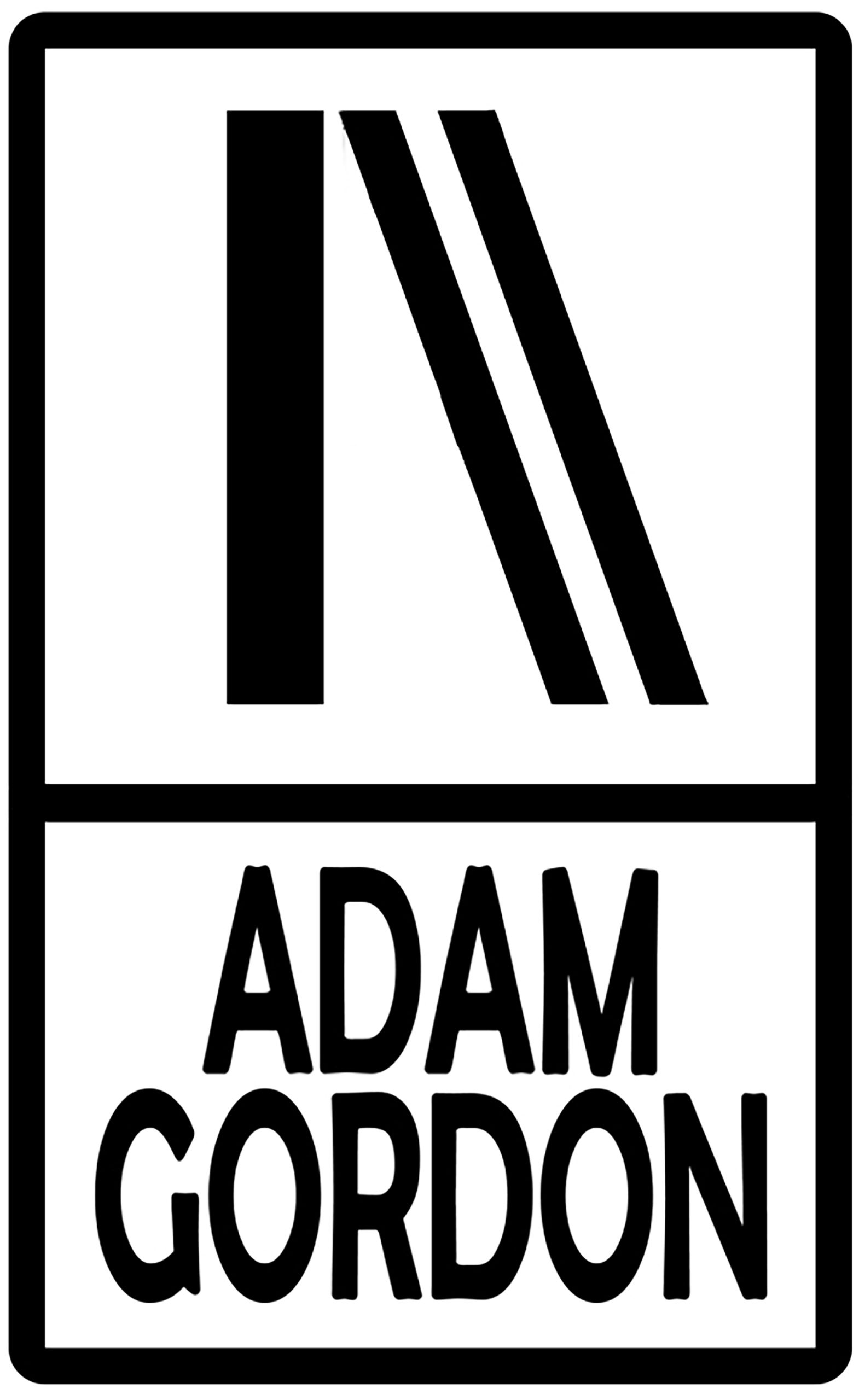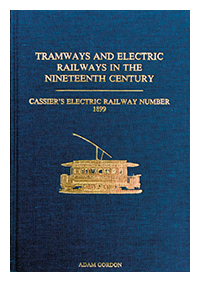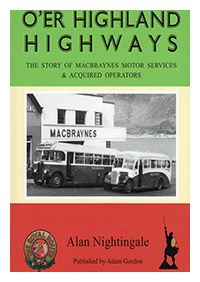Description
Electric Railway Number of Cassier’s Magazine, 1899), cloth hardback, over 250pp
Contents, with authors in brackets: the latest developments in electric conduit railways (Pearson); electric tramways in Great Britain (Blackwell); building an electric railway (Serrell); overhead construction (White); the development of the modern electric railways motor (Hutchinson); some early traction history* (Reid); electrolysis from railway currents (Abbott); municipal ownership of tramways in the United Kingdom (Taylor); development of the tram car (Brill); rails and rail joints (Bowen); light electric railways (Bell); multiple unit system for electric railways (Sprague); the electric locomotive (Mair); polyphase alternating currents for electric railways (Jackson); selection of rolling stock (Uebelacker); storage batteries and electric railways (Lloyd); electric railways in America (Clark); City and South London Electric Railway (McMahon).
* “The modern electric railway may be said to have been born in the year 1835 in the small American village of Brandon, in Vermont, with the village blacksmith, one Thomas Davenport, as sponsor. The child was weak and puny, and was destined to languish long in obscurity and neglect, passing through many vicissitudes before it finally attained the strength of vigorous development…..Following Davenport, who drove his motors with current supplied by primary batteries on the car, came Robert Davidson, of Aberdeen, Scotland. He built a powerful electric locomotive which made a number of trips on Scottish railways and was finally destroyed, presumably by some engineers who feared that their own machines would be superseded by the new invention…”





Reviews
There are no reviews yet.